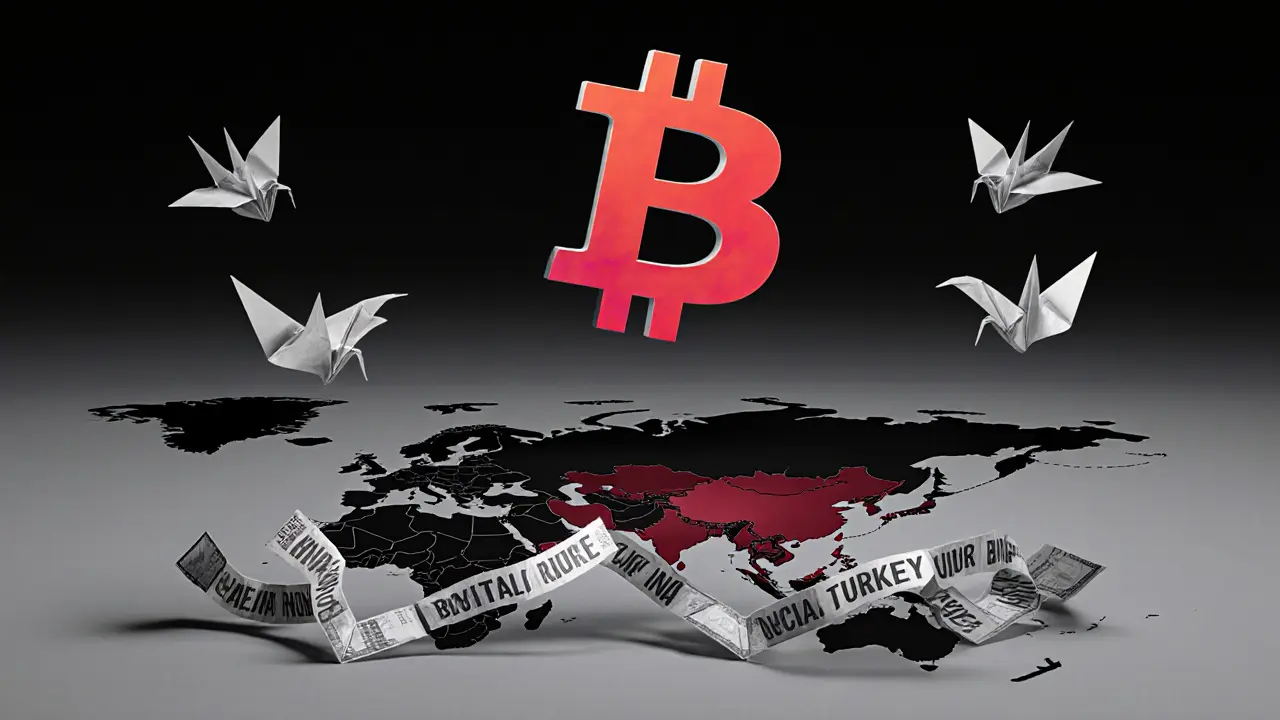Digital Assets Russia: What’s Legal, What’s Blocked, and Who’s Still Trading
When it comes to digital assets Russia, cryptocurrencies and blockchain-based tokens used for value transfer or investment in Russia. Also known as crypto assets, they’re not illegal to hold—but using them to pay for coffee, rent, or groceries? That’s a different story. The Russian government doesn’t want you using Bitcoin or Ethereum as money, but it’s not stopping you from buying them on exchanges or holding them in a wallet. It’s a weird middle ground: legal to own, illegal to spend, and tightly controlled when it comes to mining or exchanges.
That’s where crypto regulation Russia, the patchwork of laws and enforcement actions that define how digital assets can be used, taxed, or restricted in Russia. Also known as Russian crypto laws, it’s shaped by the Central Bank’s fear of capital flight and the Ministry of Finance’s push for tax control. In 2023, Russia passed a law banning crypto payments entirely—no store can accept Bitcoin, no app can let you pay with USDT. But the same law let individuals trade crypto on foreign platforms, as long as they didn’t use it to buy goods. Meanwhile, crypto mining Russia, the process of validating blockchain transactions using hardware like ASICs or GPUs within Russian territory. Also known as Russian crypto mining, it’s been hit with heavy electricity fees and regional bans, especially in areas with energy shortages. Siberia still has miners, but they’re quietly running off-grid or using surplus power from state-owned plants. The government doesn’t shut them down—it just makes them pay more.
And then there’s the people. Over 17 million Russians still hold crypto, according to Chainalysis—not because they believe in decentralization, but because it’s one of the few ways to protect savings from inflation and sanctions. Many use peer-to-peer platforms like LocalBitcoins or P2P sections on Binance to trade rubles for Bitcoin. Some trade through Telegram bots. Others use crypto as a bridge to send money abroad when Western banks cut them off. It’s not a movement. It’s survival.
The posts below dig into what’s really happening on the ground. You’ll find real stories about how Russians trade crypto despite the rules, how mining operations adapt to energy crackdowns, and why even banned platforms still see heavy traffic from Russian IPs. There’s no sugarcoating—this isn’t about hype or speculation. It’s about how people navigate a system that says one thing but does another.

